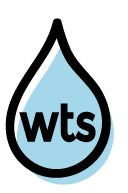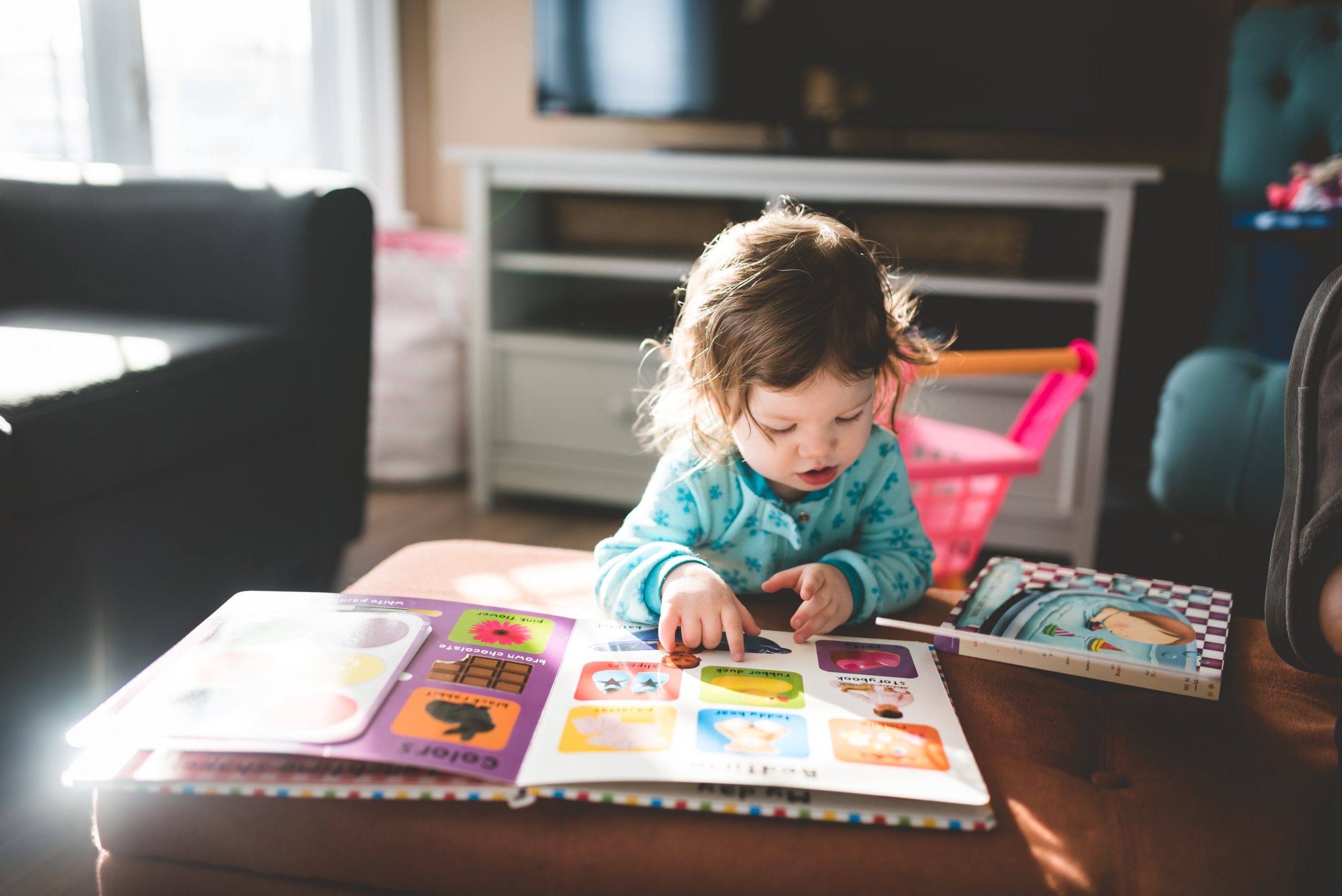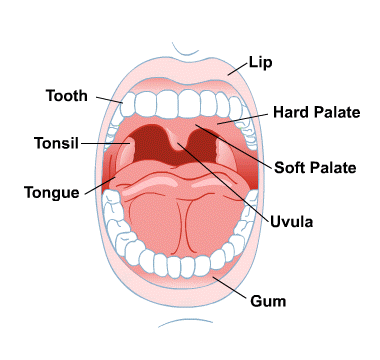Note: The target age-range of this post is 10-months to 18-months of age, but this information is still useful for older children who are learning to speak. If your child is 18-months-old and not yet saying words then I highly recommend seeing a speech therapist. Some therapists will work with children at a younger age (15-16 months). Early intervention is critical – don’t be afraid to advocate for your child!
Welcome back! Hopefully you found my first and second posts regarding speech sound development useful. To recap, crying is important and so is babbling! Okay, but when are we going to get to the more exciting stuff? The words? Is your little one babbling nonsense all day long and not yet forming real words? If so, THIS is the blog post for you to read! This is the one that will begin to give you ideas of how to help your little one speak in real words at home.
After variegated babbling and reduplicated babbling have been established, words and word approximations start to form. You might have noticed that when your little one talks, she tends to gravitate towards one of two different sound groups: bilabial sounds or alveolar sounds. You might be wondering what exactly these terms mean – I’m getting there. These sounds are usually produced first because they are the easiest sounds for babies to make and because they are visual sounds. In other words, your baby can see exactly how you are moving your mouth and tongue in order to produce these sounds.
Bilabial sounds are ones that are produced when you use both of your lips (“bi” meaning “two” and “labial” meaning “lips.“) In English, there are three consonants that are considered bilabials. I’m sure you can guess what they are, but just so we’re on the same page, they are: “m”, “p”, and “b.”
Alveolar sounds are ones in which the tongue tip touches the hard palate behind the front teeth, also known as the alveolar ridge. I’ve included an image below to help illustrate what I am talking about. The important thing is that there are three sounds that we are going to focus on, which include include “t”, “d”, and “n.” Note that there are additional sounds that we produce using the alveolar ridge, but these are typically the first ones that babies produce.
From front to back, you have your lips, followed by your teeth, and then your hard palate. Your alveolar ridge is the spot where your hard palate connects to your upper front teeth.
Exercise: Say the sounds “t”, “d”, “n” over and over.
“T, d, n, t, d, n, t, d, n.”
You will notice that your jaw height and tongue placement does not have to change. The place you are tapping your tongue when you say these sounds is your alveolar ridge!
So now that we are on the same page about what the first sounds are (note that it does not matter if bilabial or alveolar sounds come first), we should define what a word is. We use words all the time throughout the day and string them together in various manners in order to form meaningful sentences. When it comes to your child, how can you define what a word is? What if she says “ca” for “car.” Does that count?
In therapy, I define a word as a combination of consonants and vowels that is consistently used to mean or represent something specific.
Now, as parents, we know that our children do not always say words correctly since they are still learning and may not be able to say all sounds at this point in time. For instance, my toddler says “check-up” for ketchup; “pu-cuter” for computer; and “patchstick” for chapstick. These floozies are adorable and I try to write them all down while he’s young. Okay, but are these words? In a sense, yes. They are word approximations – words that are said incorrectly, but consistently for the same specific object/action/etc. So when my son enthusiastically tells me “I want patchstick, please mommy,” (I’m going to pretend that he always says “please”, haha), then I know that he is always asking for chapstick. So, yes, it counts as a word.
Similarly, my now 10-month-old has recently started making the switch from babbling “mamama” and “dadada” to attaching meaning to it. He is starting to look at me and say “mama” and look at my husband and say “dada”. Most of the time he babbles and sometimes he uses words. He is beginning to make the connection that his speech has power and is starting to put meaning behind his babbling. I love watching him learn that his speech has power!
LET’S WATER THE SPONGE!
First of all: Take a deep breath and release your uncertainties.
.
.
.
Inhale.
.
.
.
Exhale.
.
.
.
You are participating in a large feat – raising a human being – and doing a magnificent job at it! Whatever your journey has been to get here, embrace it. Everything will be okay.
The good news is that if your little one is already babbling, then it is likely just a matter of time before he or she begins assigning meaning behind those sounds and using words.
Don’t fret – I’ll help walk you through step-by-step to help get your child talking in no time! Granted, my advice is not magic (unfortunately), and it will take time to implement these steps at home. Furthermore, I would like to add that each child is very different and unique and this is not a one-size-fits-all solution. Let’s get to it!
Step 1: Select a List
I’ve included some sample word lists below, but as always, ask yourself first what your child can do. Can your child say the “m” sound? What about the “p” or “b” sounds? Or maybe he’s into the “t”, “d”, “n” sounds?
Try to piggy-back off of what your child is already saying and incorporate those sounds into words. You can set a goal for your child (e.g., say 75% of words on the list; attempt 50% of the words on the list; hear 100% of the words on the list 5x/day for a week) and once he achieves it, move onto the next list.
Here are some examples of monosyllabic (single-syllable) bilabial words:
| “M” Words | “B” Words | “P” Words |
| Ma | Bop | Pop |
| Mama | Ba | Pa |
| Mom | Boo | Papa |
| Moo | Bam | Pee |
| My | Bib | Poo/Poop |
| Me | Boop | Up |
| Mop | Beam | Pom |
| Map | Bomb | Pip |
Here is a list of sample words and word approximations that you can target at home for alveolar sounds:
| “T” Words | “D” Words | “N” Words |
| Tot | Da | No/Not |
| Tin | Dada | On/In |
| Tid | Dad | Nana (for “banana) |
| Ten | Dot | Nod |
| Tan | Dan | Net |
| Tat | Din (for “dinner) | Knee |
Here is a sample list of words and word approximations with both bilabial and alveolar sounds:
| “M” Words | “B” Words | “P” Words | “T” Words | “D” Words | “N” Words |
| Mat | But | Pit | Tab | Dim | Nap |
| Mad | Bud | Pin | Tap | Dip | Nib |
| Man | Bun | Pat | Tip | Dab | Nip |
| Men | Bat | Pad | Top | Dam (beaver) | Nom |
| Mit | Bad | Pan | Tim | Dib | Newt |
| Mid | Ban | Pen | Tom | Dat (for “that”) | Nut |
| Moon | Bin | Pet | Tub | Doom | Numb |
| Mud | Bit | Pot | Tum (for “tummy”) | Dumb | Gnat |
These lists are not exhaustive, but they are a great start! Feel free to get in touch with your crafty side and create some large flashcards with bright pictures for your child to look at while you talk about the word.
Step 2: Appeal to your Child’s Interests
When you have established a simple list of words that are appropriate to use with your little one, ask yourself how to motivate your child to say these words. As a parent, nobody is better qualified than you to answer this question: What does your child enjoy?
Is your child motivated when she gets messy during sensory play? Does she prefer to stay clean and snuggle up with a book? Does she enjoy playing with trucks or cars? Puzzles or containers? Arts and crafts?
Little kids can be quite wiggly! Think about something that you can do with your child to sustain her attention for at least 5 minutes. If you have a hard time getting your child to attend to a task, then it will be difficult to teach her new words.
Sometimes I like to teach in structured ways, and other times I am less structured with my instruction. If you really want to gain your child’s attention, you can always put her in her highchair. She won’t be able to go anywhere and you can spend time interacting with her in a meaningful way!
Step 3: Read These Tips Before you get Started
Therapy can look like play, and that’s the trick – to make it seem like play. However, there is quite a bit that goes into planning a session prior to meeting with a client.
Here are a few things tips to keep in mind:
- Bilabial sounds are the simplest to show to infants. Little ones are typically curious and watch facial expressions. Show your child how you say the “m”, “b”, and “p” sounds by getting on his level and tapping your lips with your index finger.
- Alveolar sounds are a bit more complicated to show little ones. For these sounds, you can exaggerate how you say the “t”, “d” and “n” sounds by opening your mouth wider and stretching the tip of your tongue up to the roof of your mouth.
- Auditory bombardment (saying the same word/phrases over and over again) and repetition can help, as can visual cues. Point to your mouth to draw attention to it when you’re talking – never underestimate the power of showing your child how you say sounds.
- Speak using simple language. Keep your sentences short speaking in 1-3 words phrases and utilize words that your child can easily imitate. Words containing bilabial/alveolar sounds are optimal.
Step 4: Infuse Target Words into Everyday Life
Now that your list has been selected and you know what your child enjoys doing, try to incorporate your selected into everyday playtime and reading.

Example: If your child can say the “m” and “b” sounds, then you would want to target words from those lists. Notice that the words “moo” and “ba” appear on these lists. If your child enjoys playing with a farm set then these would be great words to begin targeting! Here’s a hypothetical conversation:
Parent: “Farm time! I see a cow.”
Child: Grabs the cow and puts the cow in his mouth.
Parent: “Cow says ‘Moo.’ Moo, cow. Cow goes ‘Moo, moo.'”
Child: Takes cow out of mouth. “Mmm.”
Parent: “That’s right! Mooooo. Cow says, ‘Moooo.'”
Child: Stares at parent. Puts cow back in mouth.
Parent: “Look! Here’s a sheep! Baa, baa. Sheep says, ‘baa, baa.'”
Child: Takes cow out of mouth. “Mmm.”
Parent: “B, b, b. Baa. Baa. Sheep says baa.”
Child: “Mmm.”
In the hypothetical scenario above, the child doesn’t say the target words. My youngest loves to put all of his toys in his mouth (my oldest rarely did that), so it’s loosely based on how conversations go at home with my younger child. I figured some of you could relate, haha!
Even though the child didn’t say the targeted words, he still attempted to say sounds and said one target sound correctly (“m”). In addition, he was exposed numerous times to the targeted sound. The parent spoke in simple phrases and stayed focused on the sounds for the duration of play while associating these words with the corresponding animals.

Here’s one more example: Let’s say the target sound is “p” and you are going off of the list “P” Words. The words “up” and “pop” are easy ones to target during bubbles.
Get some bubbles out and play with your child outside (or inside if you’re comfortable doing so!) Here’s a hypothetical conversation:
Child: “Bubu!”
Parent: “You want bubbles? Ok! Let’s get bubbles.”
Parent: Gets bubbles ready. “I’ll blow, you pop. Can you say, ‘pop’?”
Child: “Pop! Pop!”
Parent: Blows bubbles.
Child: Squeals with delight and pops bubbles.
Parent: Stops blowing. “Should I blow them down,” (points down), “or up?” (points up).
Child: Points down.
Parent: Blows bubbles down towards ground.
Parent: “Let’s blow them up this time. Can you tell me ‘up?'”
Child: “Bubu! Pop, bubu!”
So in this hypothetical instance, the child is fairly good at imitating in the beginning of the scenario. At the end, she is not able to say “up”, but she does put two words together, one of them being a target word, so that is a pretty successful interaction.
Step 5: Don’t Give Up!
Don’t give up on your child’s speech and language development! The early years are crucial in building foundational skills that will shape his academic future. Of course children can “catch up”, but why put that burden on your child when you have an opportunity to help him hone in on his skills at home?
Right now is the “before” phase, but a day will come in the near future where your child will be in the “after” phase, and then you will wonder to yourself, “Now why was I worried about my child talking?” Or, even better, “Why did I want my child to start talking? Will he stop?” Haha, just kidding, kind of.
Keep working at your list of words and revel in watching your little one grow each day. He will be talking in no time and you will be amazed by all of the new sounds that he can say!
Feel free to SHARE this post on social media and/or drop a comment below! As always, I do hope you found some of this information helpful.




Trackbacks/Pingbacks